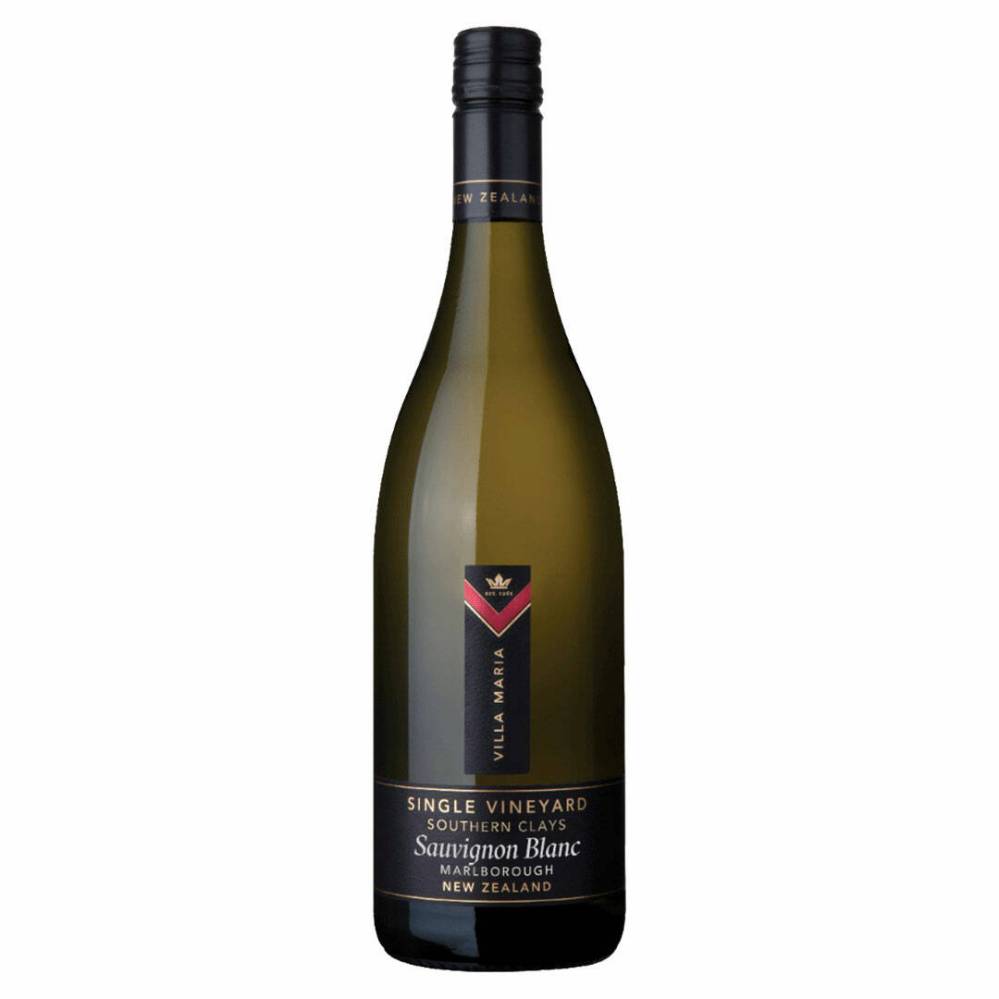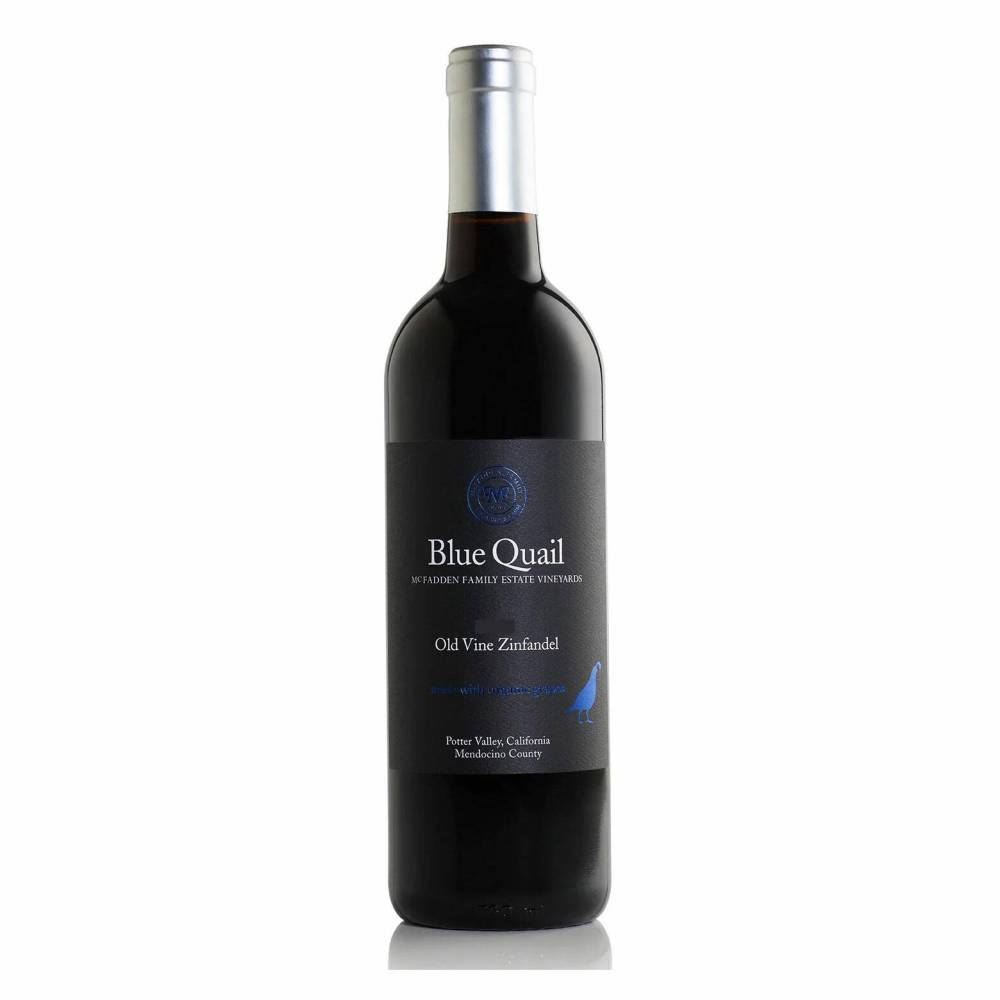Vino vocabulary
Popular wine terms and how to use them
Advertisement
Read this article for free:
or
Already have an account? Log in here »
To continue reading, please subscribe:
Monthly Digital Subscription
$0 for the first 4 weeks*
- Enjoy unlimited reading on winnipegfreepress.com
- Read the E-Edition, our digital replica newspaper
- Access News Break, our award-winning app
- Play interactive puzzles
*No charge for 4 weeks then price increases to the regular rate of $19.95 plus GST every four weeks. Offer available to new and qualified returning subscribers only. Cancel any time.
Monthly Digital Subscription
$4.99/week*
- Enjoy unlimited reading on winnipegfreepress.com
- Read the E-Edition, our digital replica newspaper
- Access News Break, our award-winning app
- Play interactive puzzles
*Billed as $19.95 plus GST every four weeks. Cancel any time.
To continue reading, please subscribe:
Add Free Press access to your Brandon Sun subscription for only an additional
$1 for the first 4 weeks*
*Your next subscription payment will increase by $1.00 and you will be charged $16.99 plus GST for four weeks. After four weeks, your payment will increase to $23.99 plus GST every four weeks.
Read unlimited articles for free today:
or
Already have an account? Log in here »
Hey there, time traveller!
This article was published 01/10/2022 (1192 days ago), so information in it may no longer be current.
The return of the Winnipeg Wine Festival’s main public tastings on Sept. 23 and 24, the first time the RBC Convention Centre hosted the event since 2019, was a chance for agents, reps and winemakers to show off their wares, as well as for curious wine drinkers to find new favourites.
While trying new/new-to-me products (and doing more than my share of people-watching) at the fest, I noticed there were times those tasting wines wanted clarification on certain terms folks in the business use to talk about wine. With that in mind, here are a few key terms often used in the world of wine, what they mean and how you can look (and taste) for them in whatever’s in your glass…
Body
Wine is almost always described by those in the wine business in terms of body, with a wine landing somewhere on the continuum between very light-bodied to very full-bodied. It’s essentially how heavy the wine feels in your mouth.
Back when I was first learning about wine, the way I was taught to think about it was to equate the body of a wine to different kinds of milk: skim milk is the equivalent of a light-bodied wine, two per cent milk is akin to a medium-bodied wine, while a full-bodied wine is more like homogenized milk or even coffee cream.
Not all wines fall neatly into light-, medium- or full-bodied categories; when that’s the case, you might see me use a term like “medium-plus-bodied” in a tasting note.
Tannin
More commonly found in red wines than whites, tannins are those mouth-drying components of a wine that makes it feel like the inside of your lip is sticking to your gums. Tannins tend to come from the skins and seeds of a grape, which is why they’re more often associated with red wines, which spend longer time in contact with those components in the winemaking process. (Oak aging can also sometimes impart tannin in a wine.) Oversteep a mug of black tea, and when you get to the bottom of your cup, you’ll find that same feeling.
Not all tannins are created equal. Some reds have softer, dustier-textured tannins, others deliver slightly smoky or peppery notes, some have a greenish, almost-underripe and grippy aspect to them, while full-bodied, New World reds in particular can impart chewier tannins.
Acid/acidity
Our perception of the acidity of a wine plays a significant part in the way we sense its texture. Higher-acid wines such as New Zealand/Chilean Sauvignon Blanc, Portuguese Vinho Verde and most Riesling can make your mouth water. On the other end of the spectrum are wines with lower perceptible acidity, sometimes as a result of having undergone a process called malolactic fermentation, where a winemaker will convert tangier malic acid into softer, creamier lactic acid. Malolactic fermentation is more common in richer wines such as Chardonnay, Viognier or Pinot Gris, as well as in many reds.
Finish
Ever notice how the flavours in some wines stick around long after you’ve swallowed them, while others just sort of… disappear? That’s the component of wine tasting that’s generally called the finish, which is really just a nicer way to say “aftertaste.”
A few things contribute to the length of a wine’s finish, the most important being the alcohol level; higher-alcohol wines offer a lingering warmth on the finish. Tannins and acidity typically add length to a wine’s finish, as can oak aging.
The easiest way to learn about all these components, of course, is to taste and discover for yourself. To really experience the differences in body, tannin, acidity and finish, compare two or more wines at the same time, particularly ones made in different regions or from different grapes.
Wines of the week
Villa Maria Southern Clays Sauvignon Blanc
Villa Maria 2019 Southern Clays Single Vineyard Sauvignon Blanc (Marlborough, New Zealand — $29.99, Liquor Marts and beyond)
Pale straw in appearance, this New Zealand Sauvignon Blanc offers mouth-watering gooseberry, grapefruit, herbal, lime and green apple aromas. While it’s a relatively older vintage (particularly for a white wine from the southern hemisphere), there’s intense, zippy acidity that comes through on the light-bodied palate, keeping things lively and fresh as herbal, chalky, lime zest, grapefruit pith and gooseberry flavours all show well. It’s a bit warm on the finis, as it’s 14 per cent alcohol, all of which adds up to a racy, intense white with plenty of life left. 4.5/5
Hammeken Cellars 2020 Beloki Tempranillo (Rioja, Spain — $15.99, Liquor Marts and beyond)
Medium ruby in colour, there’s a lovely nose of red licorice, raspberry, cherry, violet and subtle white pepper that emerges aromatically on this Spanish red. It’s dry and medium-bodied, with loads of ripe and fresh red berries, hints of raspberry candy, modest acidity, soft tannins and a relatively short finish. With just five per cent of the juice aged in oak (and the rest in neutral, stainless steel tanks), this Spanish Tempranillo is fruit-driven, approachable and a very good value. 4/5
McFadden Family Estate Vineyards 2018 Blue Quail Old Vine Zinfandel (Mendocino County, Calif. — around $33, private wine stores)
This old-vine Zinfandel is deep purple in colour and with violet, blackberry, raisin and plum notes, as well as hints of caramel, spice and vanilla from oak aging. It’s not as dense and jammy as most California Zins, but still provides deep dark berry (especially wild blueberry) flavours, along with raisined fruit and subtle spice notes on the medium-plus-bodied palate, with just a splash of acidity. Tannins are lighter and chewy, while the 13.5 per cent alcohol isn’t obtrusive — in fact it’s relatively low for this grape variety coming from California. It all adds up to a deliciously approachable, elegant (and somewhat atypical) example of Zinfandel. Available at Ellement Wine + Spirits. 4/5
uncorked@mts.net
twitter: @bensigurdson

Our newsroom depends on a growing audience of readers to power our journalism. If you are not a paid reader, please consider becoming a subscriber.
Our newsroom depends on its audience of readers to power our journalism. Thank you for your support.



